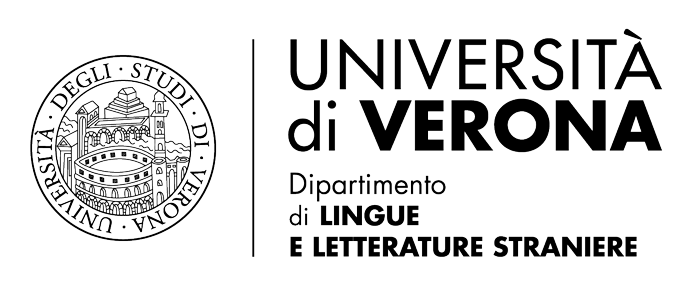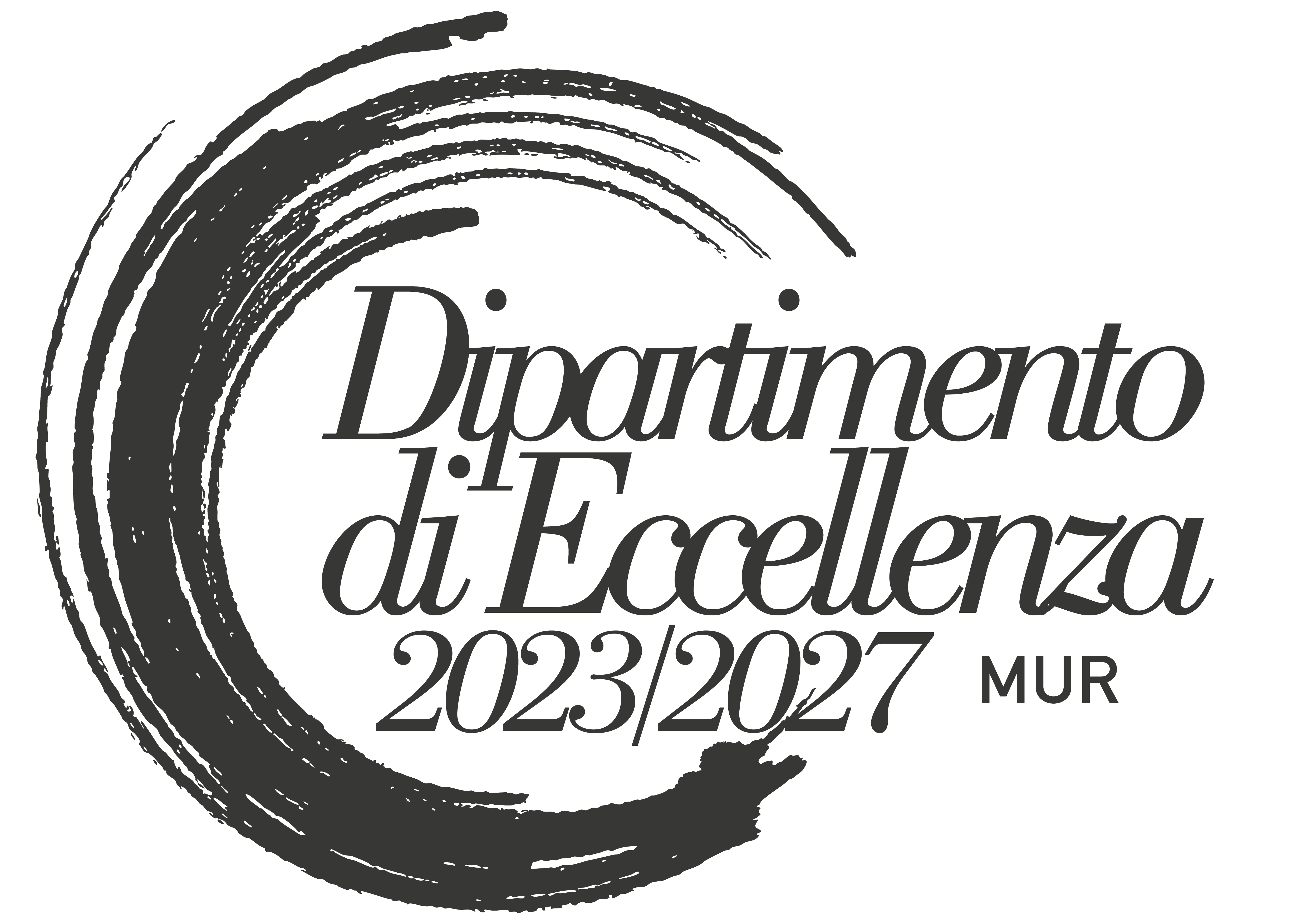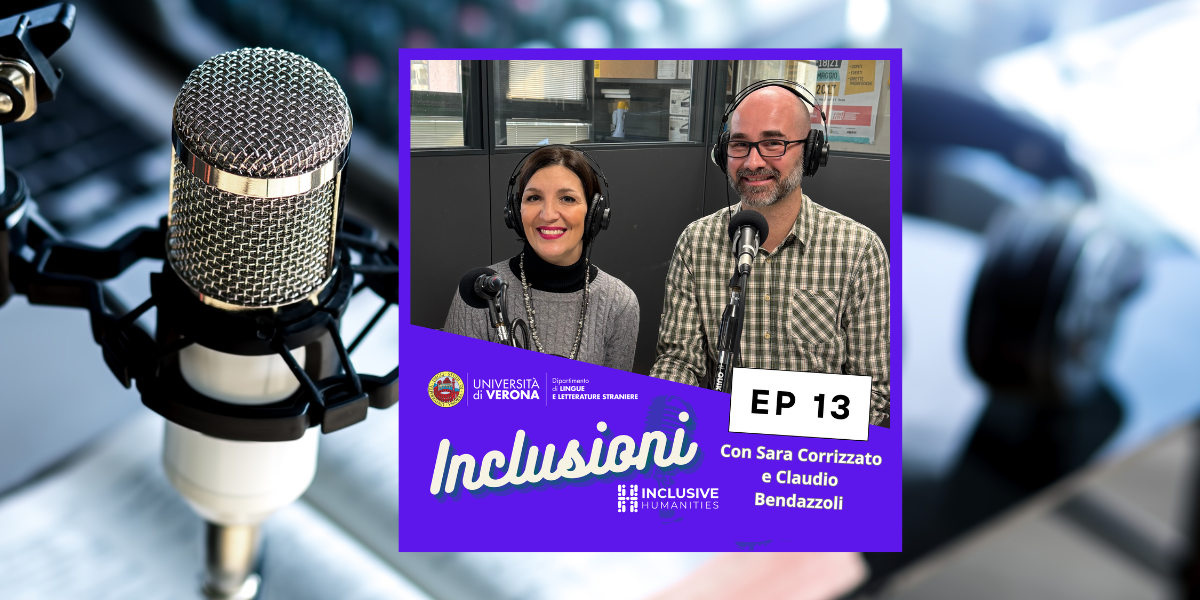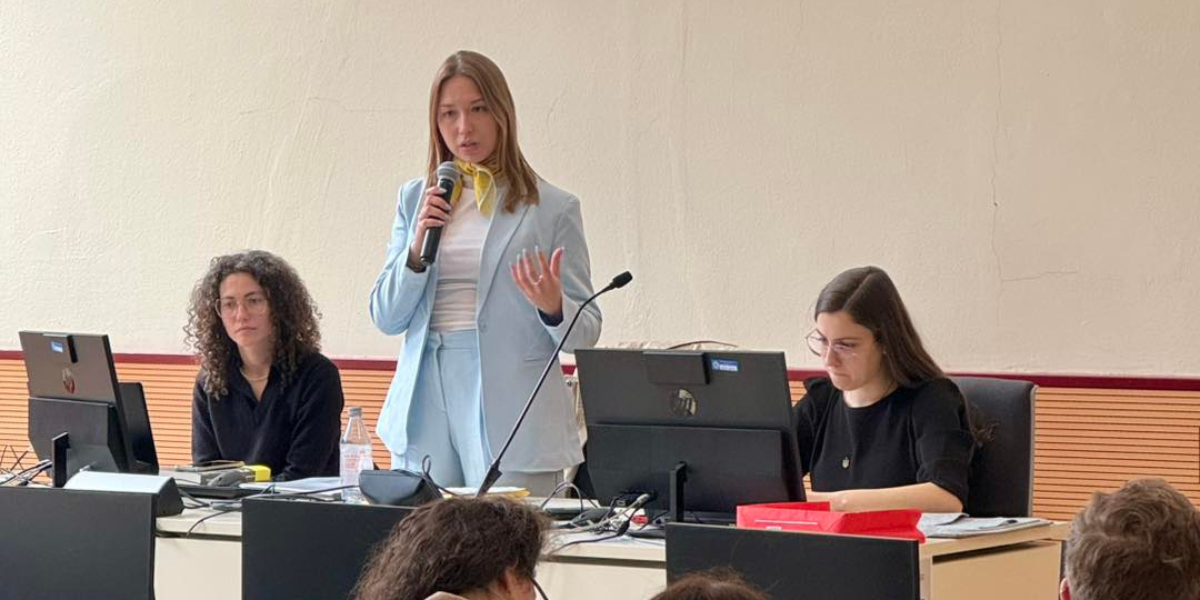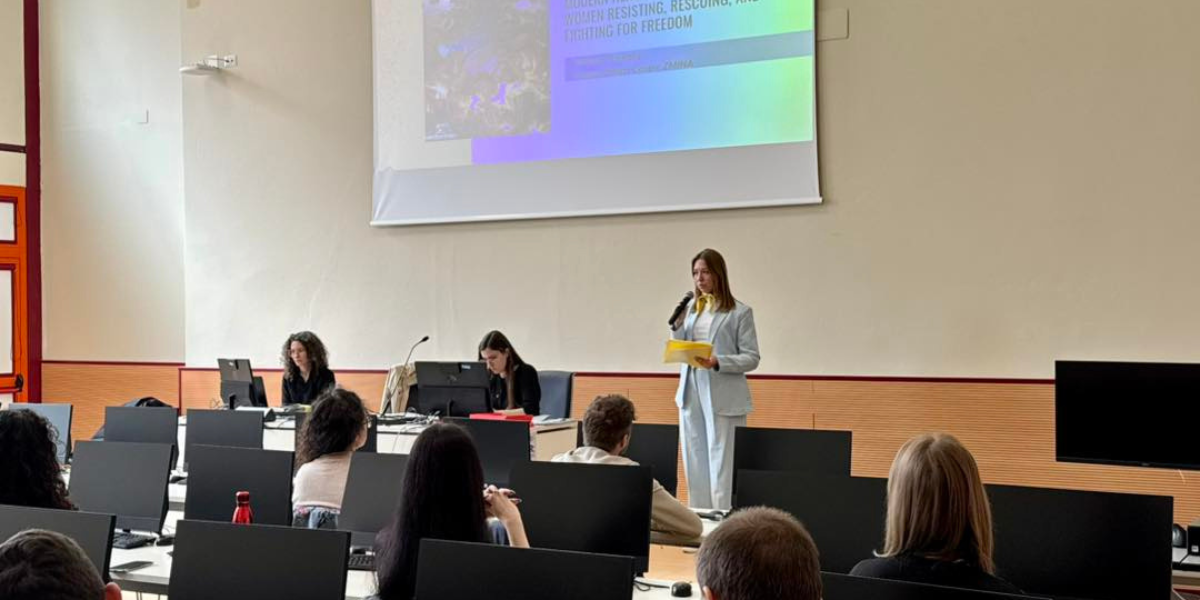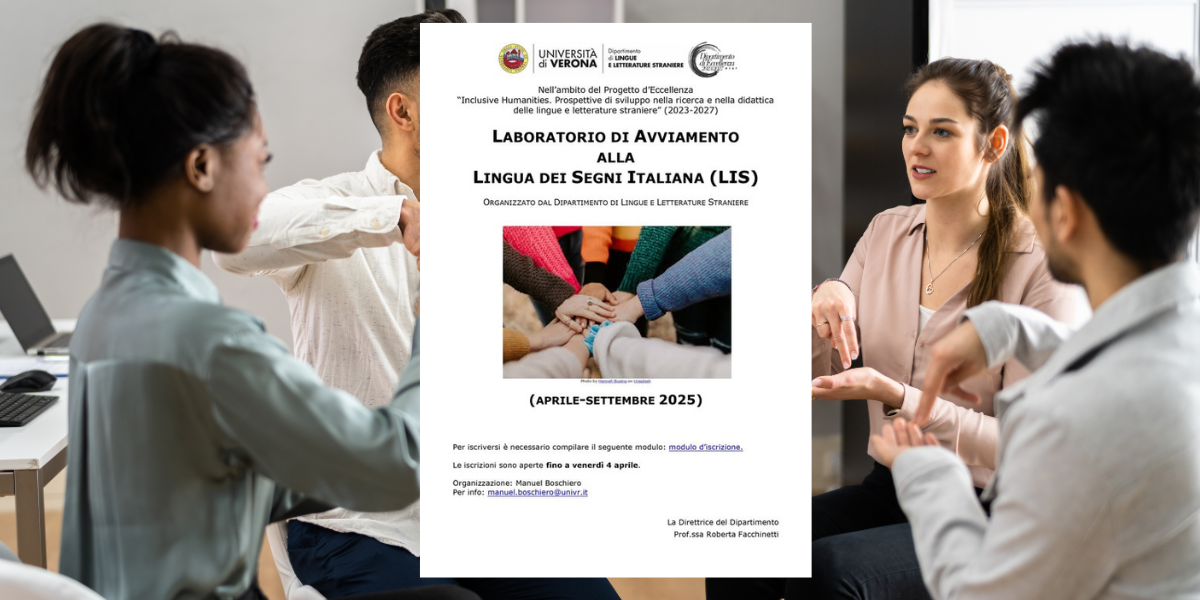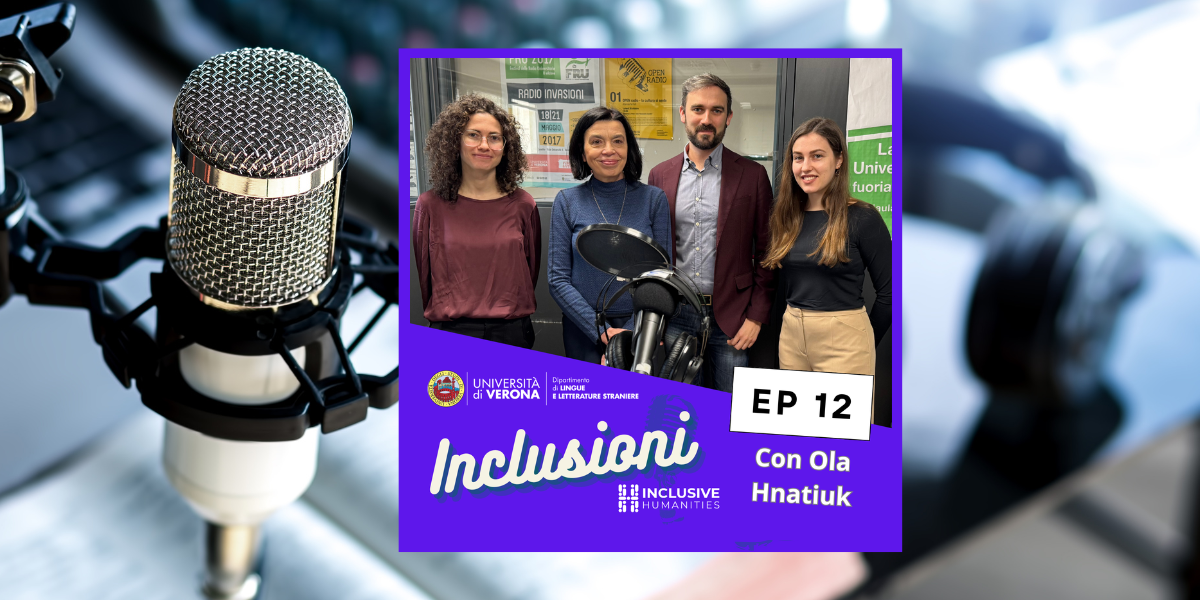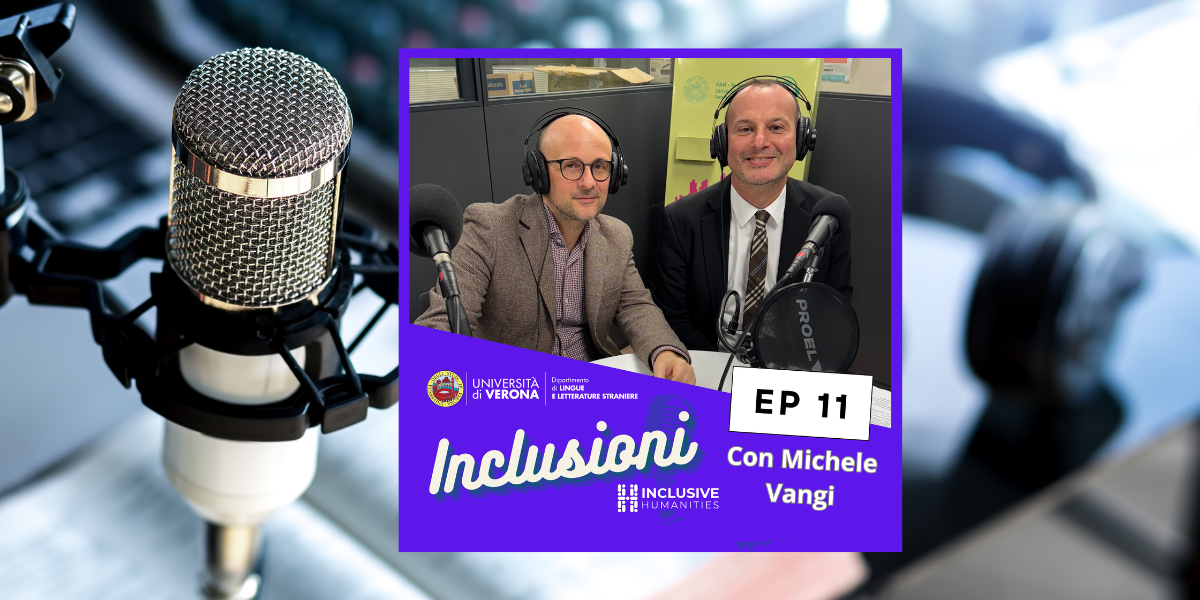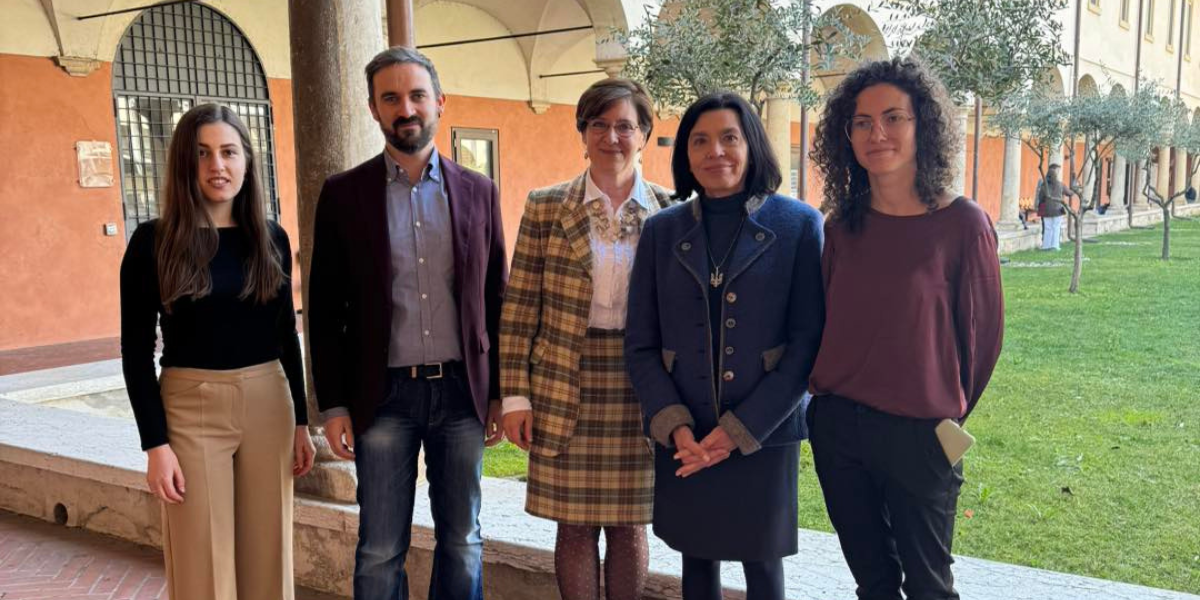Online sulle principali piattaforme il tredicesimo episodio di Inclusioni, il canale podcast del Dipartimento di Lingue e Letterature Straniere – Università di Verona – in collaborazione con Fuori Aula Network, dal titolo “Inclusone e mediazione linguistica“. Per poter garantire l’inclusione tra persone che non parlano la stessa lingua ci si può avvalere della mediazione linguistica e culturale ma…di cosa si tratta esattamente? Quali forme di mediazione linguistica esistono e quali sono le loro caratteristiche?
Nella loro intervista, Sara Corrizzato e Claudio Bendazzoli, entrambi nostri docenti di lingua, traduzione e linguistica inglese, tracciano alcune possibili modalità di traduzione e presentano i diversi strumenti abitualmente impiegati, lasciando spazio anche al ruolo delle tecnologie applicate agli ambiti in cui sono forniti i servizi di mediazione linguistica, in continua evoluzione di pari passo con i cambiamenti nella società, nel mercato e nello sviluppo tecnologico.
Buon ascolto!

